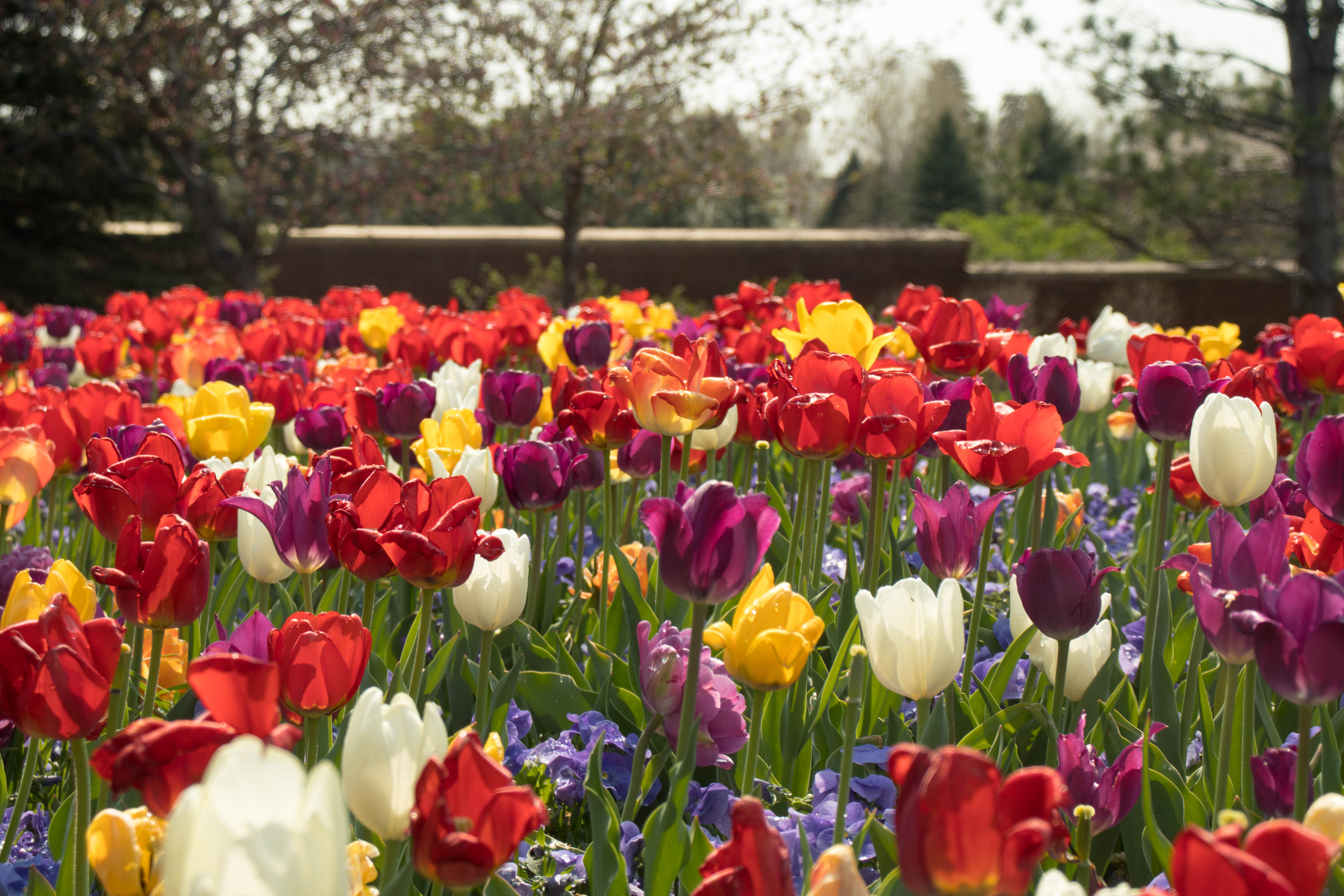
Bulb planting is an easy-to-ignore fall chore because we don't see the results right away. Nevertheless, if you want to enjoy the first flowers of spring next season, now is the time to plant spring-flowering bulbs.
Here is a checklist to help you get the job done quickly:
#1 - Pick where to plant
Select a place in your yard to showcase your first flowers of spring. Look for a sunny and well-drained location. Measure the area so you know about how many square feet will be planted.
#2 - Know how to shop
- Shop or order early for the best selection.
-
Buy bulbs according to the square feet of planting space you have and without spreading them too thin. Spreading bulbs across too much space lessens their visual impact. Here are guidelines for how many bulbs should be planted per square foot of garden:
- Standard tulips and large daffodils: 5 bulbs
- Miniature daffodils: 6-11 bulbs
- Alium globe master: 1-2 bulbs
- Crocus: 8-12 bulbs
- Muscari:14-18 bulbs Hyacinthoides: 5-6 bulbs
- If wildlife is a problem, consider daffodils, allium and grape hyacinth as they are less appetizing than other varieties.
#3 - Follow these steps
- Plant bulbs as soon as possible after they are purchased.
- Group bulbs by their bloom time. Refer to the catalog or package label for details. Daffodils and crocus are early bloomers and tulips can have 3 different bloom times. For best impact, group bulbs by bloom time per number per square foot above.
- Plant bulbs in groups so you only dig one hole or trench and place several bulbs inside it. This process is much faster than planting them one at a time.
- Plant bulbs at a depth three times their height.
- Loosen soil under bulbs so roots can spread easily.
- Place the pointed end up so roots are facing down. If you can't tell, place the bulb on its side and it will send shoots up and roots down.
- Fertilize with a product for bulbs that is high in phosphorous.
- After planting, spread a layer of leaves or wood mulch on top. Mulched bulbs have better results than non-mulched beds or those that are covered with rock.
#4 - Protect from predators
Voles, elk, deer and rabbits are common bulb predators and will dig bulbs up. Garden centers have hot pepper products that are wildlife deterrents. You can treat bulbs with them prior to planting. Spreading about 2 inches of pea gravel over the beds or a layer of chicken wire will help to deter these predators. Wire cages made from chicken wire can also help protect bulbs.
Even though it's pumpkin season, take some time to plant the flowers you'll love to see in your garden next spring!
Get ready for the Spring this Fall. Contact us at info@designscapes.org to order and install your bulbs.
